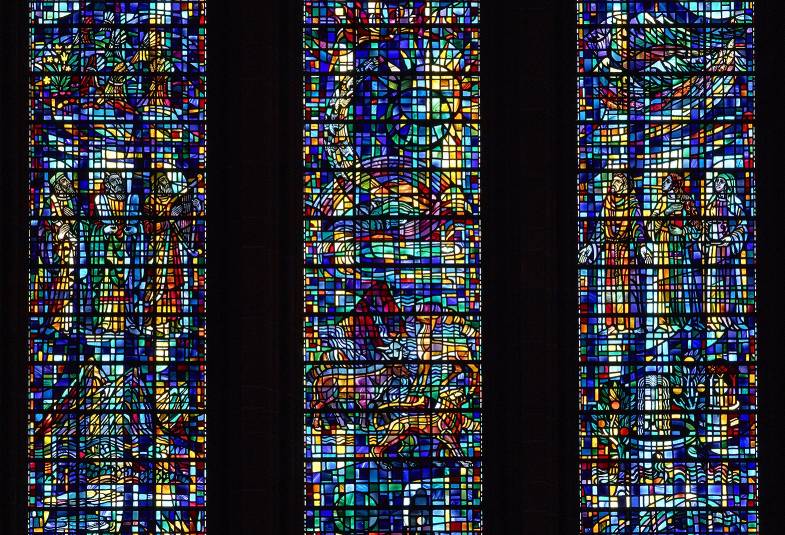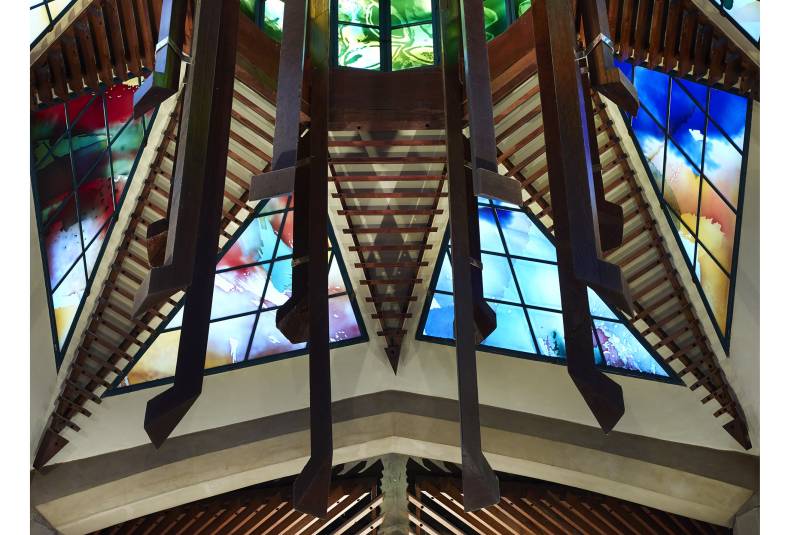29/04/2019
The fire at Notre Dame at the start of Holy Week drew expressions of dismay and solidarity from across the globe: Barack Obama, Donald Tusk, the Archbishop of Canterbury, even Cher.

The people of Paris gathered, watched, sang, and prayed. The churches and cathedrals of England rang their bells in solidarity on Maundy Thursday following a request from the Archbishops of Canterbury and York. Within a week more than €750 million had been pledged to the restoration, most of it from ultra-rich individuals, an amount which both provoked astonishment and attracted censure. The French President, Emmanuel Macron, promised rebuilding within five years, an unimaginably fast timetable for anyone who has worked with historic buildings.
What was it about this event that so touched people?
The answer speaks to the complex relationship churches, governments, and the general population have with their church buildings. The Church of England cares for 16,000 church buildings, including 42 cathedrals and 350 major churches, many of them as old and complex as Notre Dame. Recent years have seen significant changes in patterns of use. Eleven years of austerity have made demands of the Church of England which it has not had to meet at such scale since the introduction of the welfare state: more than 33,000 social action projects including food banks, night shelters and breakfast clubs are run or supported by Church of England churches.
The result of this is that more use of buildings is needed during the week. In areas of the church where attendance at worship has grown – cathedrals for example – the majority of that growth has also been in midweek services. It is not reasonable to limit definitions of ‘churchgoers’ to those who set their alarm on a Sunday morning. God’s Word is also taught through practical means that any reader of the gospel would recognise: feeding the hungry, housing the homeless, comforting those who mourn, consistently refusing to pass by on the other side of the road.
Millions of people visit cathedrals and church buildings each year. Cathedrals alone contribute over £220m to the national economy and employ over 3,000 people. Their history and beauty are a huge part of their appeal; 45% of England’s Grade I listed buildings are churches. It would take a very bold or foolish church indeed to wish to be rid of all of that. At times architectural inheritance and modern use can seem to clash, but it is not right to argue we can have either history or convenience, the task is to find the balance between them. The commitment of many thousands of Parochial Church Council members towards seeing their church building cared for – and used - is a great unsung contribution to the life of the nation.
In talking of the appeal and use of church buildings it is important to recognise that there are significant issues. For example, many churches are not physically accessible, and even when they are, churches are not universally good at advertising that; the Church Buildings Council has recognised that this an area where specific, urgent work is needed. The role of a church in being there for everyone in its community demands that this is gotten right.
As at Notre Dame pre-fire, funding is also an issue. The last direct publicly funded financial support for church buildings – via what was then the Heritage Lottery Fund - ended in 2017, although churches who find their own funding for repair works can still receive grants equivalent to the VAT costs, through the Listed Places of Worship Grant Scheme. Those who attend church are generous in their giving, but the care of church buildings is the right and responsibility of more than just those who worship there, because churches benefit society as a whole. The Taylor Review of church building sustainability, commissioned by the Department for Culture, Media and Sport, recognised the need for shared financial support, because “churches are uniquely positioned inside almost every area and community of England, with the ability and the desire to be a resource for the people who live in their parish.” Seeking a long-term solution which guarantees this can continue is a significant issue for those responsible for national church buildings policy.
Churches contain England’s history – national and personal, good and bad – and are a tangible link to the past. Their physical presence provides places of peace, beauty, gathering, the ability to be in a place which provides a gateway to something bigger than oneself – to the divine. When people of no faith felt sorrow as the flames licked the towers of Notre Dame it was, unique to each person, a mix of these factors which touched them. Church buildings symbolise the possibility of what elsewhere might seem impossible: justice, quietness, community, acceptance, and life in all abundance.
